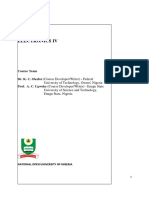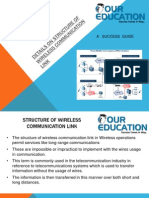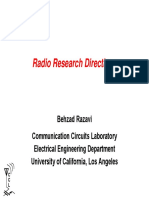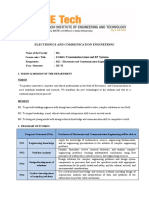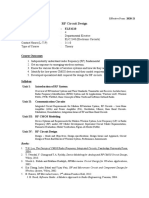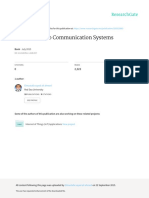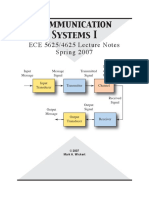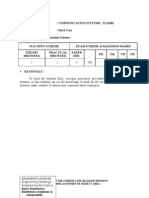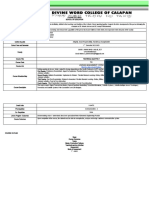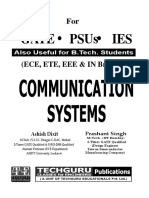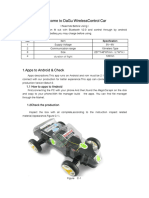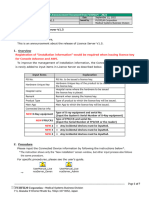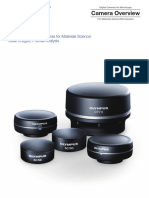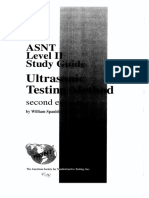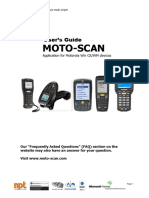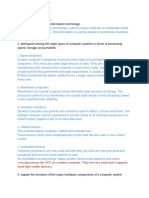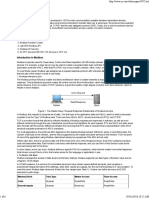0% found this document useful (0 votes)
48 views5 pagesChapter 0 Introduction
This document provides an introduction to a course on radio communication circuits. It outlines the course objectives, which are to understand the components and architectures of radio communication systems and learn how to design and analyze circuits like low-noise amplifiers, mixers, power amplifiers and oscillators. The grading scheme is outlined, with the final grade based 70% on a closed-book final exam. Reference materials and textbooks are listed. The course will cover topics like passive components, impedance matching, noise and distortion, oscillators, mixers and power amplifiers over 6 chapters.
Uploaded by
Linh ĐỗCopyright
© © All Rights Reserved
We take content rights seriously. If you suspect this is your content, claim it here.
Available Formats
Download as PDF, TXT or read online on Scribd
0% found this document useful (0 votes)
48 views5 pagesChapter 0 Introduction
This document provides an introduction to a course on radio communication circuits. It outlines the course objectives, which are to understand the components and architectures of radio communication systems and learn how to design and analyze circuits like low-noise amplifiers, mixers, power amplifiers and oscillators. The grading scheme is outlined, with the final grade based 70% on a closed-book final exam. Reference materials and textbooks are listed. The course will cover topics like passive components, impedance matching, noise and distortion, oscillators, mixers and power amplifiers over 6 chapters.
Uploaded by
Linh ĐỗCopyright
© © All Rights Reserved
We take content rights seriously. If you suspect this is your content, claim it here.
Available Formats
Download as PDF, TXT or read online on Scribd
/ 5






